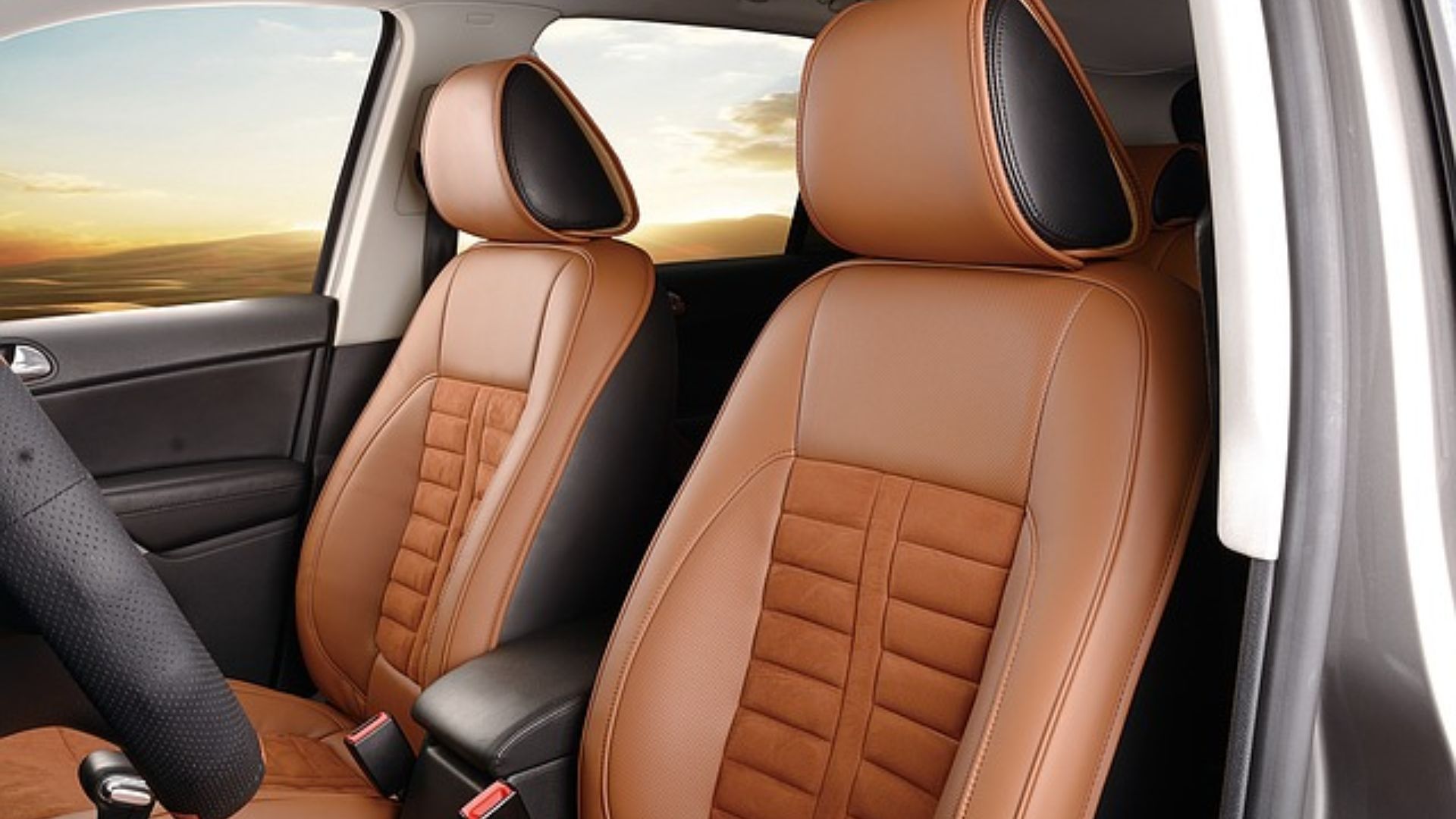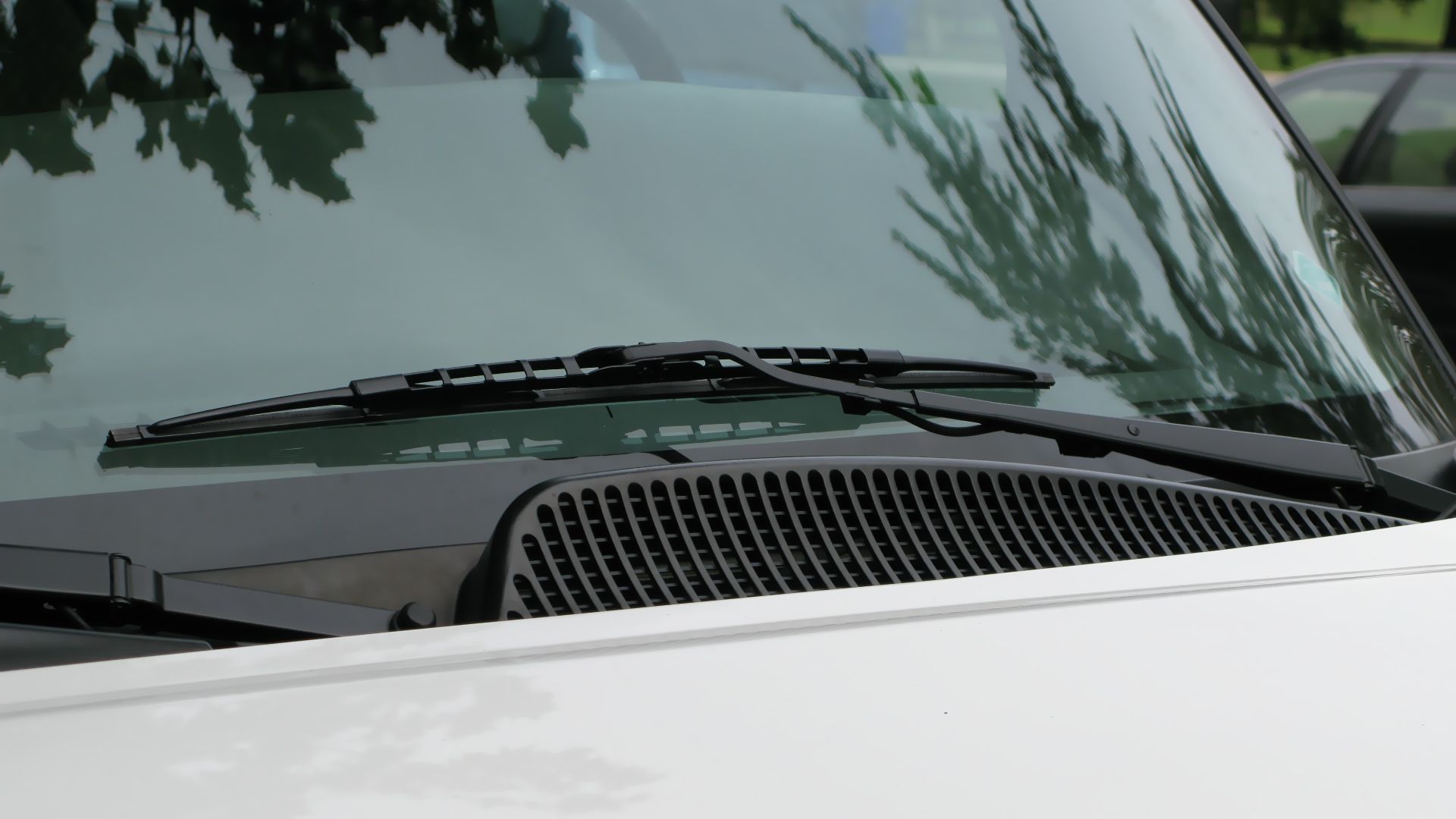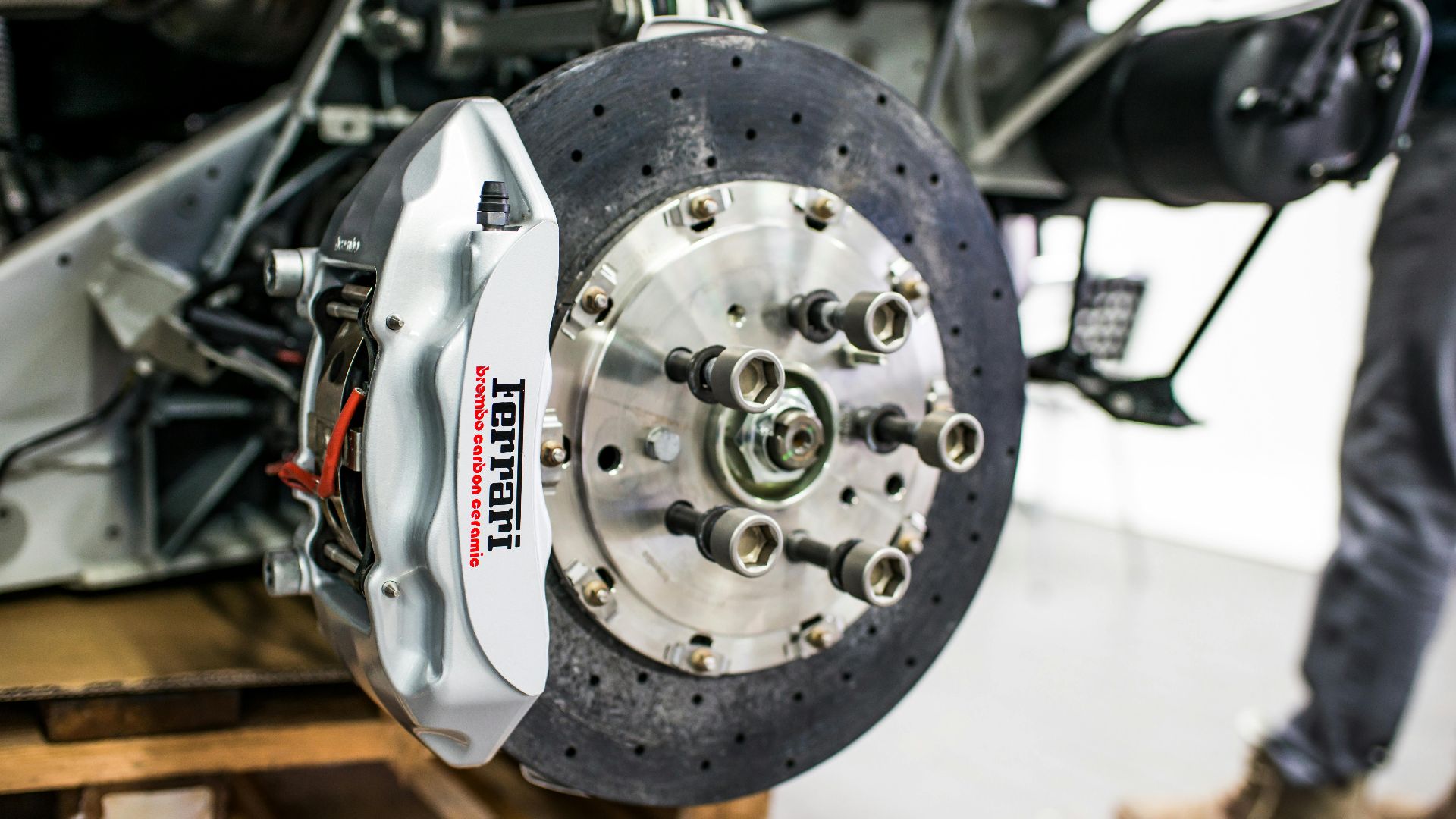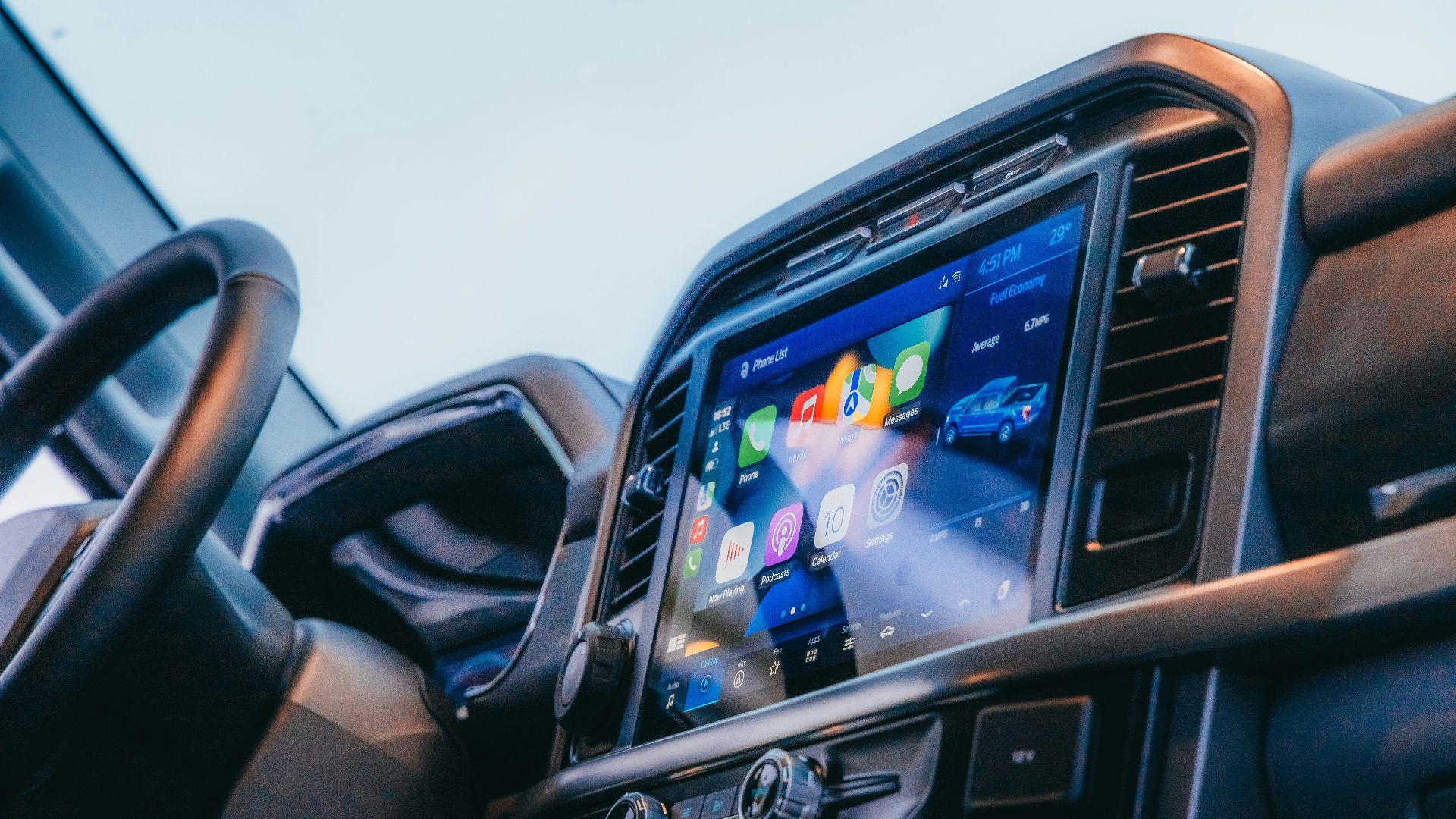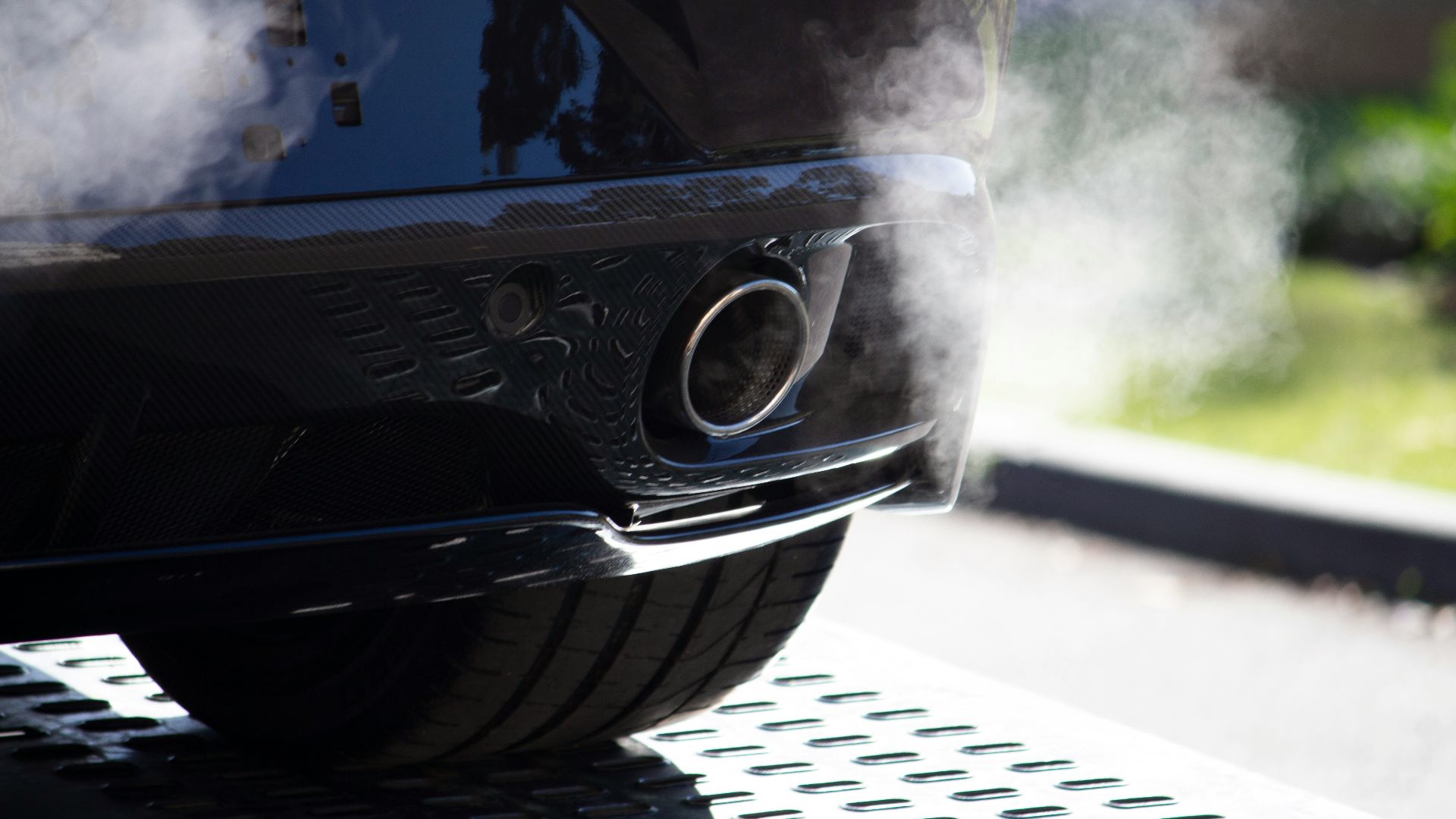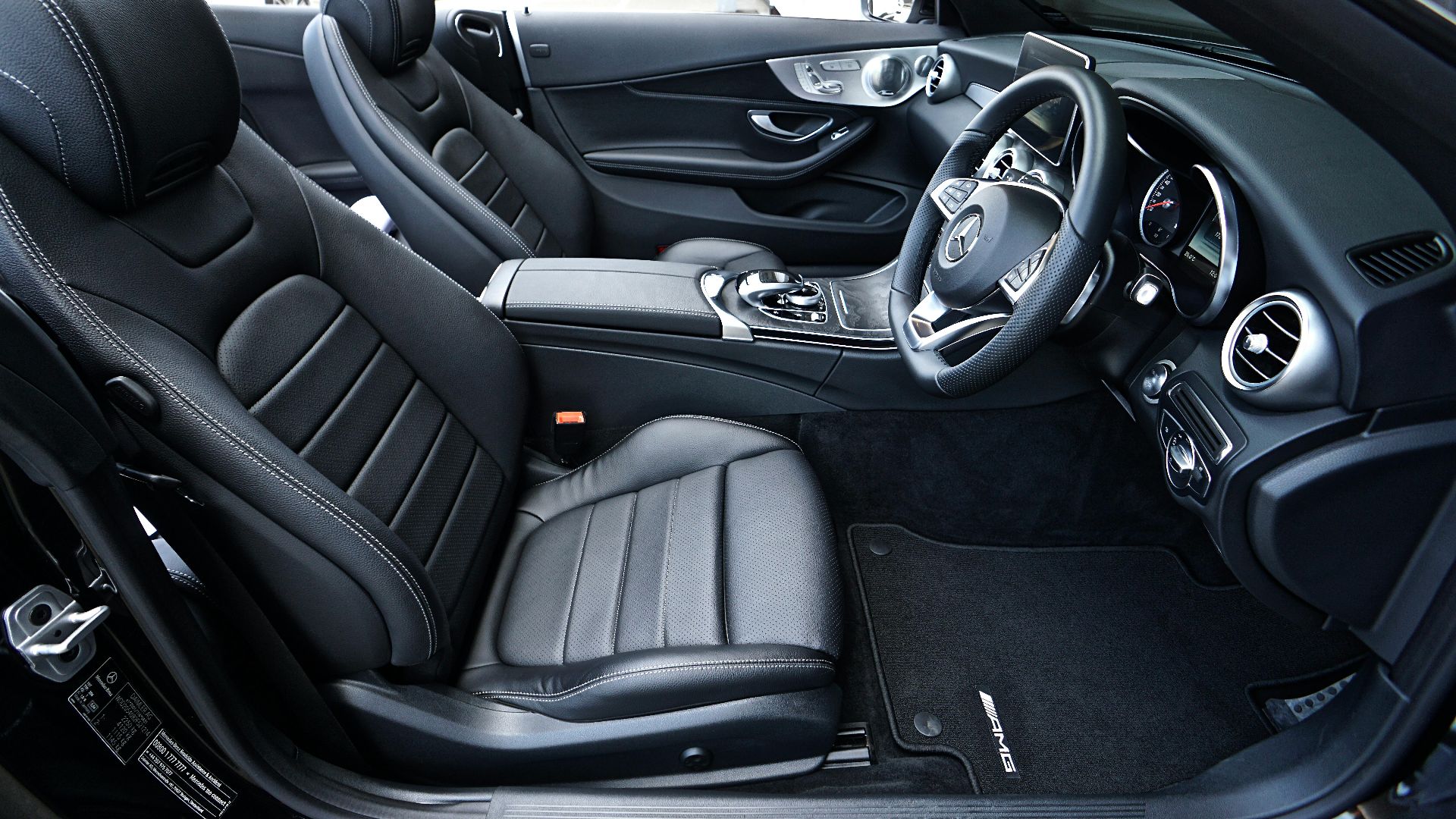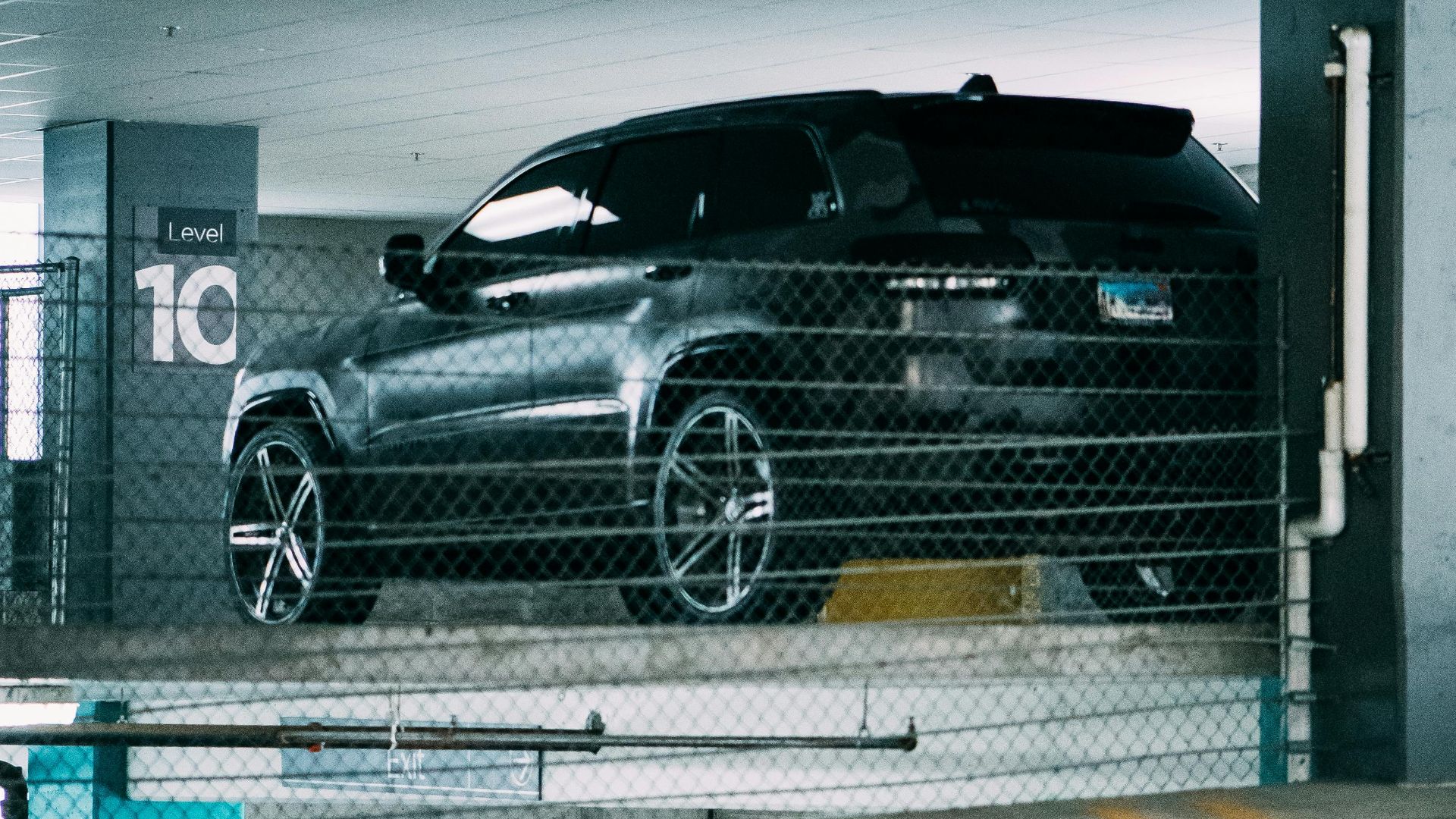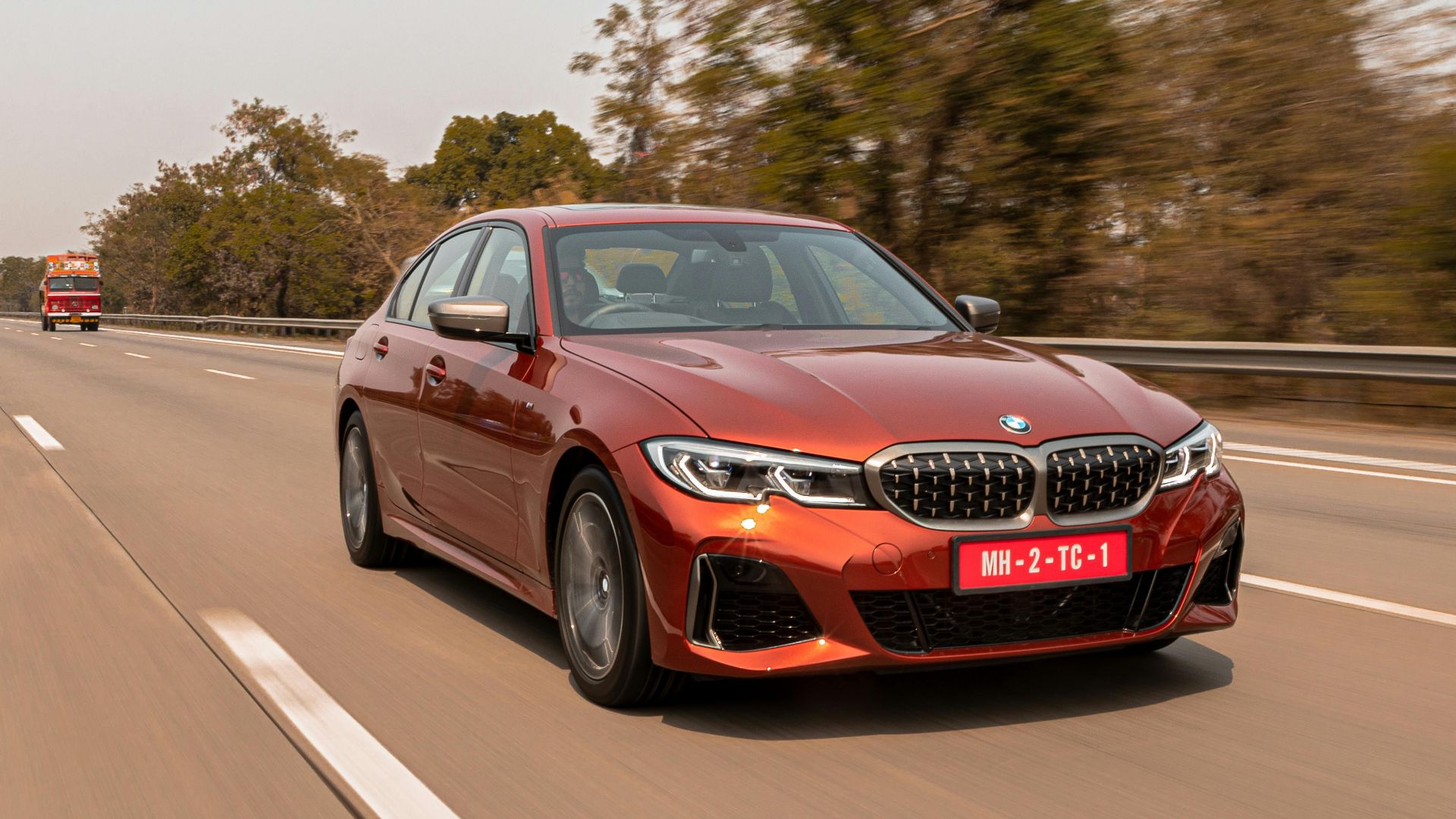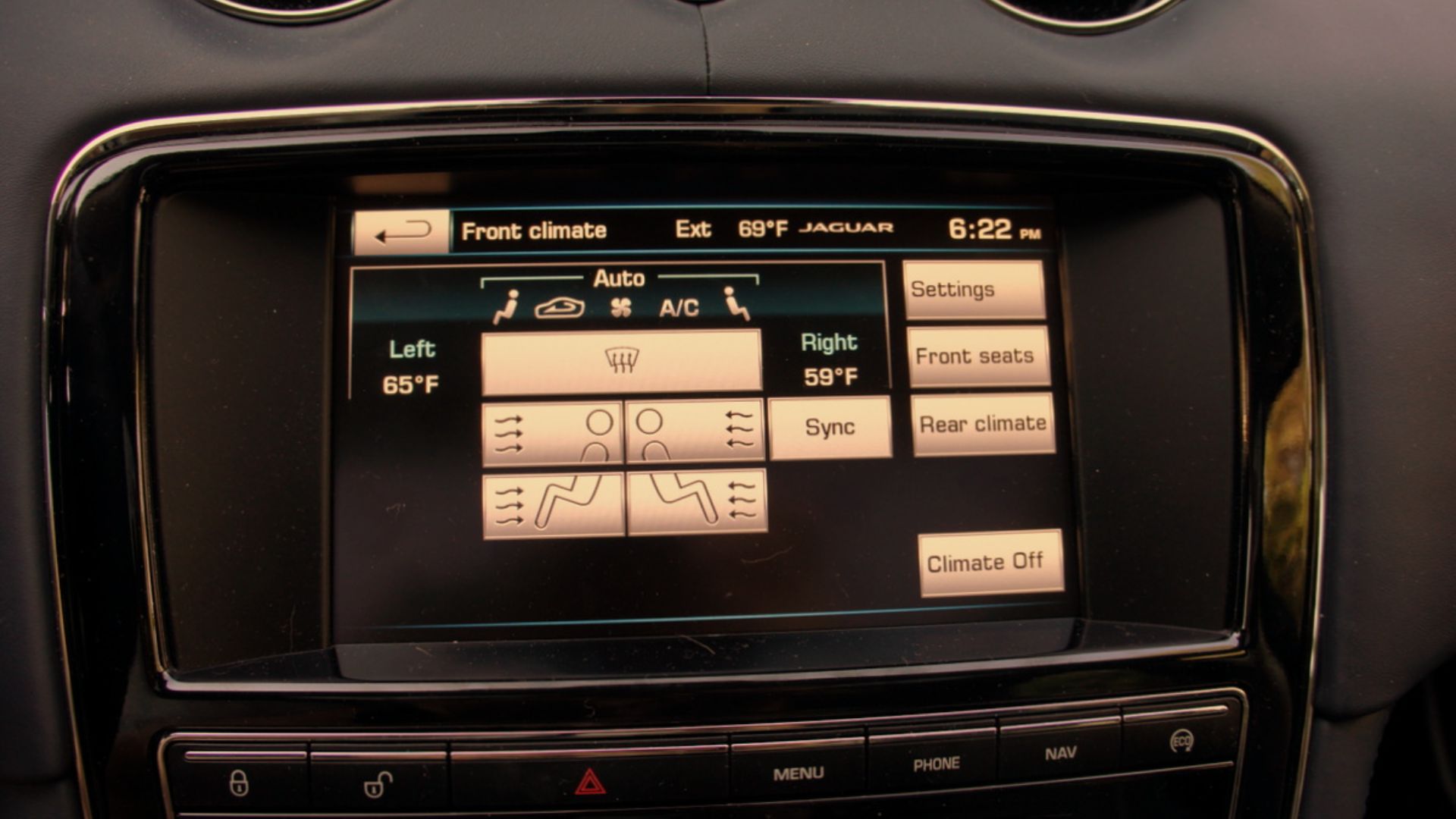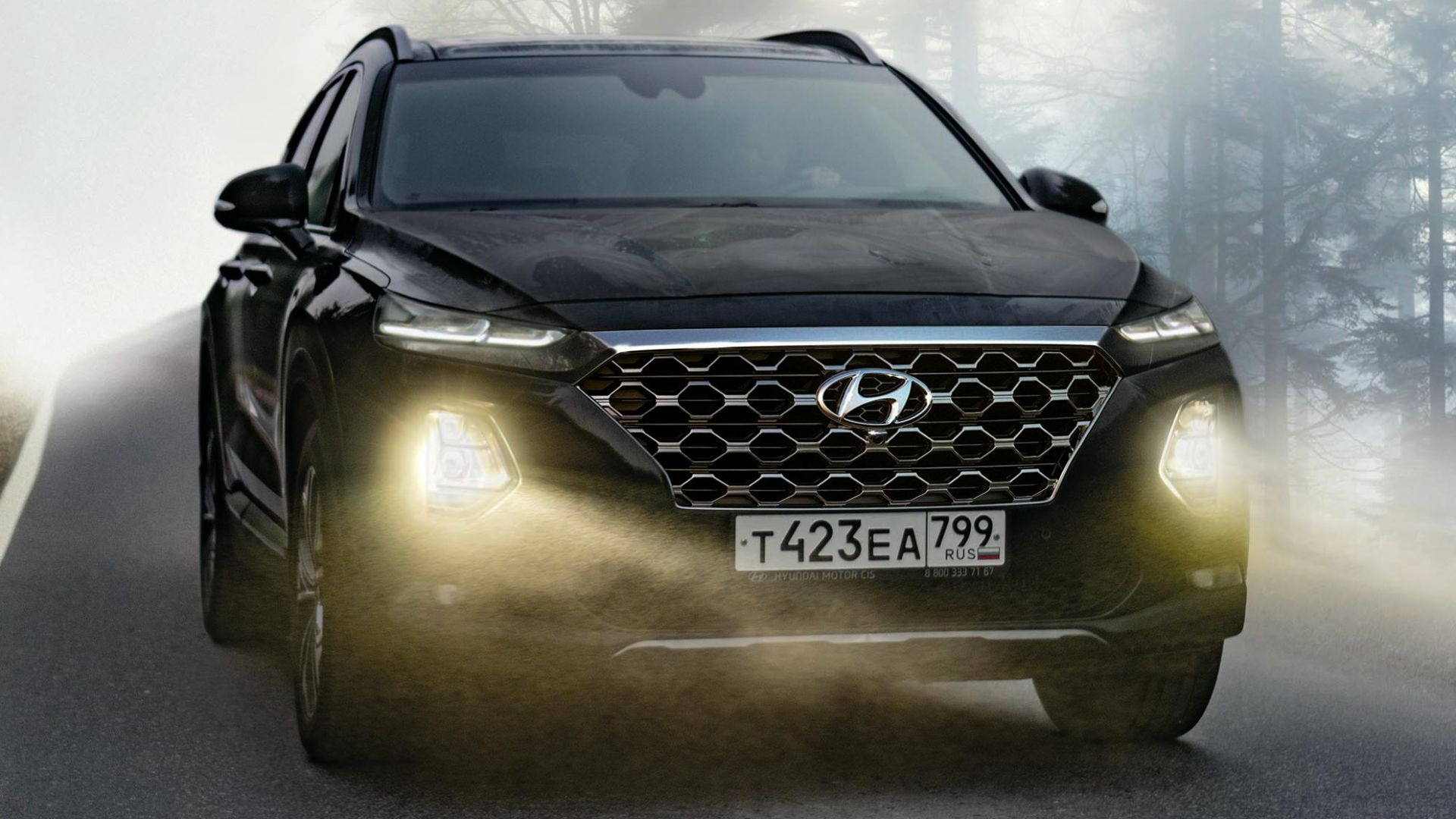Sniff Out The Sneaky Stuff
Let's face it: car salesmen are sneakier than they seem. One minute, they're giving you a deal you can't refuse; the next, you're wondering if you just made the worst mistake of your life. When it comes to buying a car, it's all about sussing out the little things that the brochures skip. That's where test drives come in. You have to get to the root of what you're paying your hard-earned money on! So, here's what to pay attention to before you commit to car monogamy.
 Antoni Shkraba Studio on Pexels
Antoni Shkraba Studio on Pexels
1. Comfort Of The Seats
Start with the seat's feel when you sit down. Are the cushions soft but supportive? Check for adjustability to see if you can tailor the seat to fit your frame. After all, you're not just driving; you're settling in for a long ride.
2. Steering Response
Turn the wheel and notice the car’s response, as even a slight movement should result in a clear turn. However, if the wheel feels loose or sluggish, consider it a warning sign. You want a car that’s quick to follow your every command, offering you total control on the road.
3. Acceleration And Engine Power
Take a moment to press the gas pedal and pay attention to the car's response. Smooth bursts of speed are the love language of a well-tuned engine, not jumpy lunges. Also, sluggish acceleration suggests the engine’s not quite up to the task you have in mind.
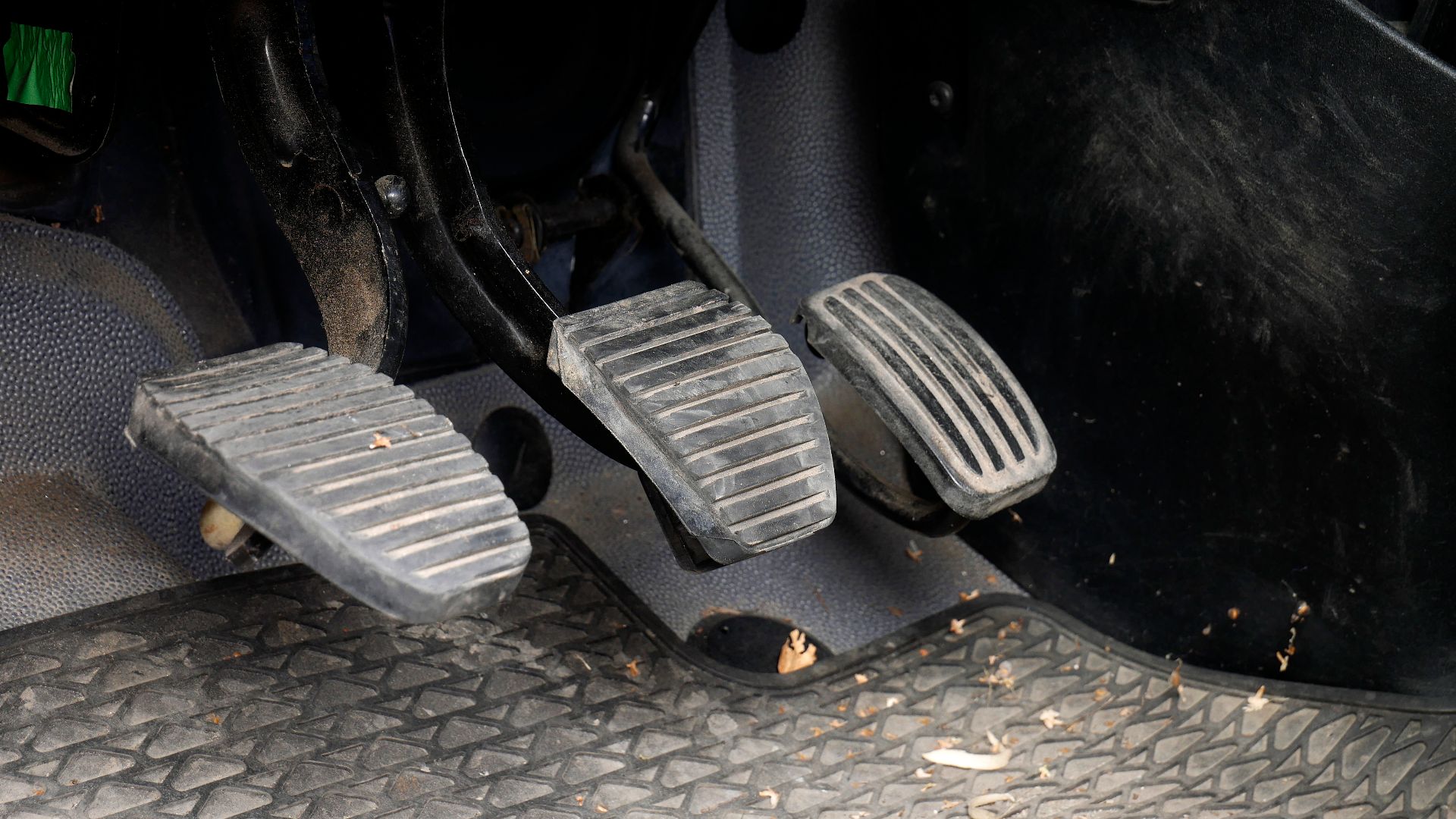 Santeri Viinamäki on Wikimedia
Santeri Viinamäki on Wikimedia
4. Visibility From The Driver’s Seat
Look around and check whether you can see out of all the windows. Adjust the mirrors to ensure there are no blind spots that would make driving uncomfortable. Visibility is all about your ability to confidently cross busy streets.
5. Windshield Wipers And Defroster
Test the wipers at various speeds to see how effectively they clear the windshield. A good defroster should also remove fog quickly. These features might seem minor, but they play a key role in visibility during adverse weather conditions, making driving much safer.
6. Ride Quality And Suspension
Drive over uneven roads or speed bumps and observe the car’s impact absorption. This is because the suspension that cushions the ride makes all the difference. But when every bump sends a jolt through the cabin, comfort takes a definite back seat.
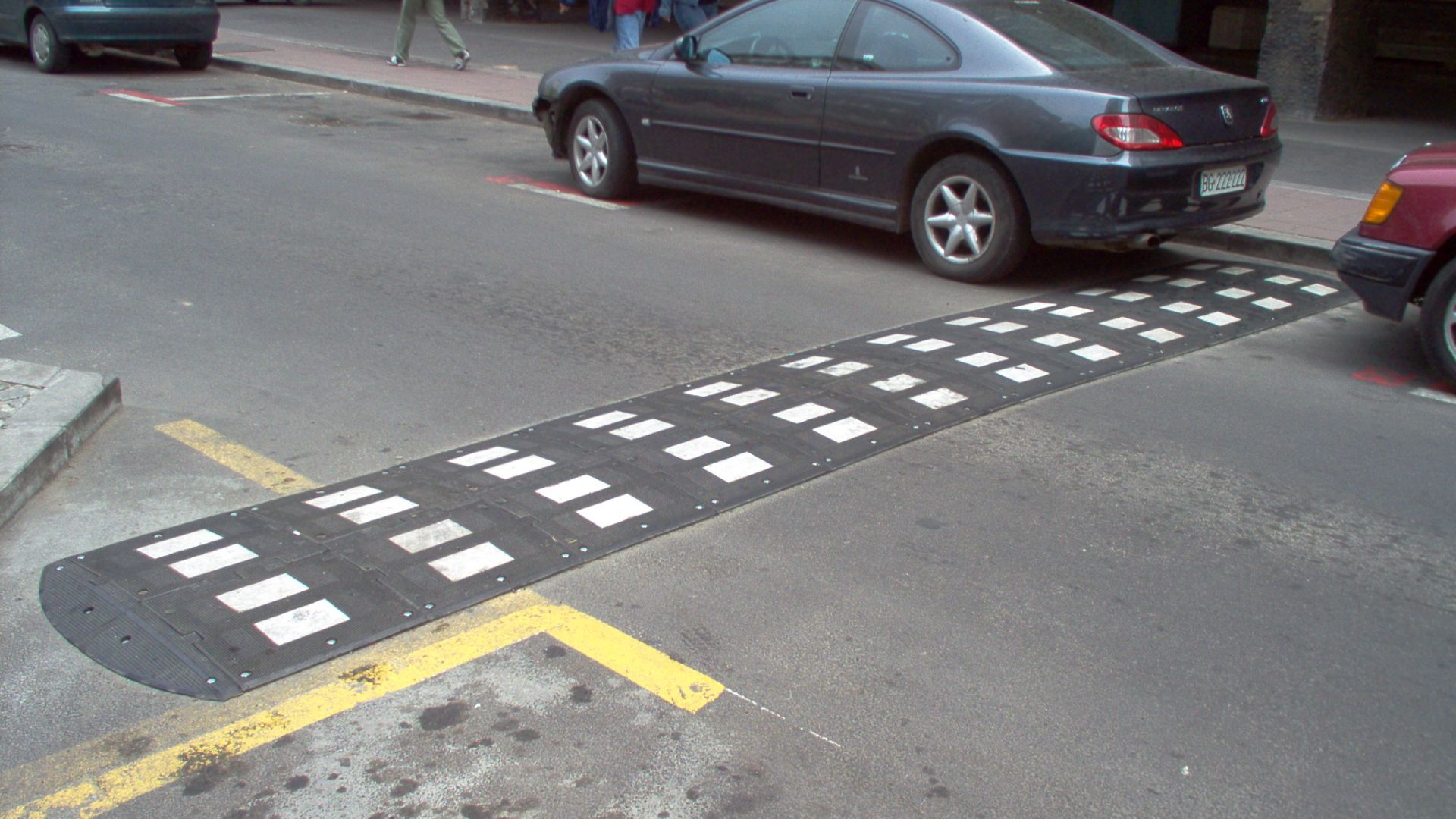 Obradovic Goran~commonswiki on Wikimedia
Obradovic Goran~commonswiki on Wikimedia
7. Braking Performance
Slow down and test the brakes. You should feel the car come to a smooth, controlled stop without any delay or jerky motions. If the pedal feels too soft or the car hesitates to stop, the braking system might need an overhaul.
8. Transmission Smoothness
Shift gears and feel for any hesitations or jerks. A seamless transmission should switch gears smoothly without causing you to feel every shift. Whether automatic or manual, you want to ensure the system doesn’t interrupt your drive with rough transitions that can be distracting.
9. Interior Technology And Features
Play around with the infotainment system. Does the touch screen respond quickly to your inputs? Try connecting your phone to Bluetooth and see how easy it is to sync up. This is because technology should enhance your drive, not frustrate you.
10. Exhaust Smoke Or Smell
While driving, pay attention to any unusual smells or smoke coming from the exhaust. White or blue smoke can indicate engine trouble, while strong exhaust smells might suggest an issue with the vehicle’s emissions system.
11. Handling And Cornering
As you handle turns, does the car feel steady, or does it drift or wobble? The best vehicles hug corners tightly, giving you precise control. Plus, cars that don't handle turns well can be unpredictable, which is especially concerning for quick maneuvers.
12. Cruise Control Functionality
Test out the cruise control on the highway. It should activate easily, maintain speed steadily, and deactivate smoothly. If you’re going on long trips, this feature will save your legs from fatigue. A good cruise control system makes highway driving much less of a chore.
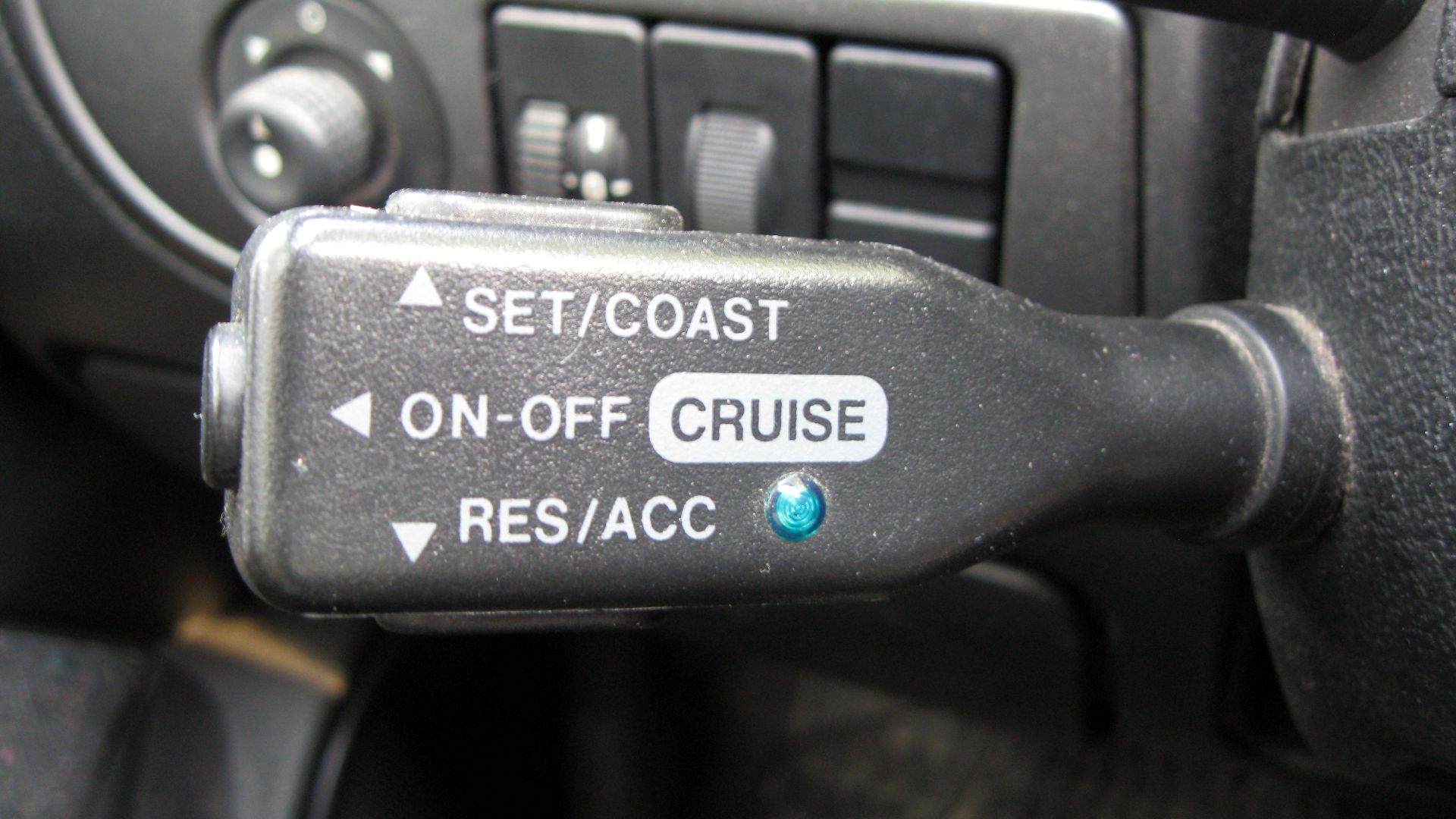 Santeri Viinamäki on Wikimedia
Santeri Viinamäki on Wikimedia
13. Cabin Space And Legroom
Stretch out and see the space you’ve got. Whether you’re tall or short, legroom matters for comfort. Don’t forget to check rear-seat legroom, too, especially if you often have passengers. Spacious cabins avoid cramped conditions that can cause discomfort on long journeys.
14. Parking And Maneuverability
Try parking the car in a tight spot to assess the way it turns and slips into place. Nimble handling makes parallel parking and squeezing into small spaces far less stressful. So, toss in a tight turning radius and compact frame, and city driving suddenly feels a lot easier.
15. Engine Noise At High Speeds
Hit the highway and listen to the engine sounds when you’re cruising at high speeds. It should remain relatively quiet, even when you push the pedal. Excess engine noise can be tiresome, and a car that hums smoothly keeps the focus on the journey.
16. Road Handling During Wind
Drive alongside trucks or through open stretches where wind gusts hit hard. Notice the car’s ability to stay steady when pushed from the side—stability in crosswinds is a quiet hero. This makes highway travel feel safer and more predictable.
17. Climate Control Efficiency
Adjust the temperature controls to see whether the system holds your ideal climate or not. Quick reactions and balanced airflow keep things just right. And, when the cabin heats up or cools down without fuss, you’ll thank the system every time the weather throws a tantrum.
18. Headlights And Visibility At Night
Flip those headlights on as dusk settles in or night takes over—it’s showtime for your car’s eyes. Dim or uneven headlights can make night driving hazardous. On the other hand, good headlights improve visibility, making it easier to see objects and road signs.
19. Safety Features
Test advanced safety systems like lane-keeping assist, collision warning, and automatic braking. These features can be lifesavers during sudden situations. Plus, vehicles equipped with top-tier safety technology provide peace of mind.
20. Fuel Tank Location And Access
Check where the fuel tank is located and how easy it is to open. It might seem minor, but a tank on the wrong side or at a hard-to-reach location can be annoying. Moreover, convenient access can save time and avoid small frustrations.


